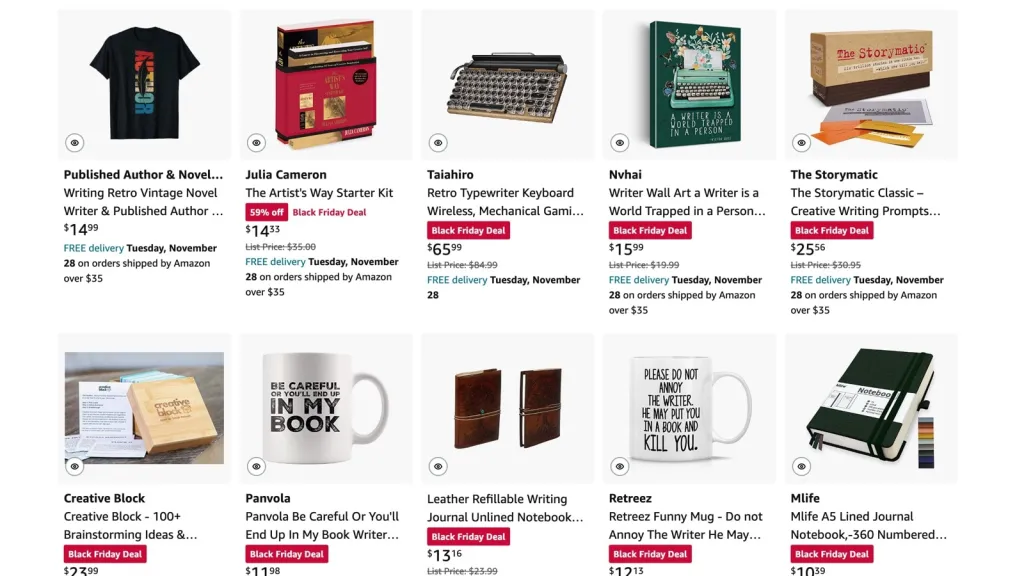
Digital environment is leading to an essential change of a relationship’s direction. In a traditional model the major flow was vertical, one way, from publisher to readers. Now the relationship becomes horizontal, two way, between the author and reader – at the level of the reader.
Before selecting the tools, you have to learn what’s best for you. Let me point you to a couple of excellent blogs where you can read useful information about how to build a successful reader relationship (and not only that): Marketing Tips for Authors, Quips and Tips for Successful Writers, Publetariat, BookBuzzr Blog and BookMarket.
As soon as you know how to engage the reader and make him reach for your book, you can start thinking about how the technology can help you meet the goal.
If you are writing a blog, you have plenty of tools at disposal. For example you can use free poll services (available also as plug-ins), like Polldaddy – for example to test the variants of the cover art of your new book. Other ideas for polls could be: title of a coming book, the genre, one sentence blurb, best time to launch the book, etc.
A timing and process of writing the new book is generally a great opportunity to involve its future readers. One of the most common methods is releasing a free chapter – but you can go further than that. Use free, online, collaborative writing/storytelling tools, not only to get feedback, but also to let readers write the book with you. It’s much more engaging than leaving comments under a blog post.
Collaborative writing services definitely worth checking are Protagonize (my favourite), StoryMash and Storybird. If you use Google Docs, be one of the first authors to benefit from a recent update in a commenting system, which makes this tool a powerful yet private collaborative writing space.
Whatever the level of online engagement, the fact is that it will never replace a personal relationship between the reader and author. Blog tours are effective, but not as effective as book tours in real life. Well, technology can help, at least partially, solve this problem. You can start podcasting or video podcasting. A great list of tools is available at Mashable. Or, to make it simpler, you can record a video with your computer camera, upload it to YouTube, Vimeo or Dailymotion and embed the clip on your blog post.
A great example of how to effectively use video podcasting is an excellent blog of Joanna Penn.
If you’re looking for a one-stop place with lots of useful tools, check BookBuzzr. The tools, opposite to other resources, are designed to be used specifically by book authors. One of the most powerful free tools is a BookBuzzr Book Widget – a great, engaging replacement of a static book cover display. Potential readers of your book can preview and search its content, share on social networks and instantly buy it – all in one place.

Check the directory of all BookBuzzr tools here.








Leave a comment